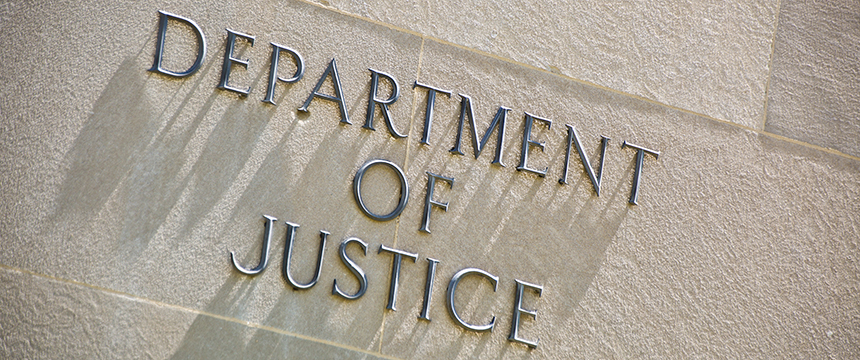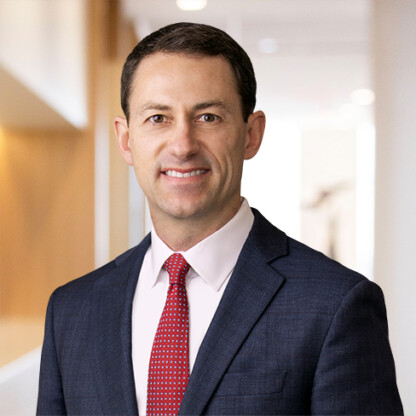
On July 1, 2021, United States Attorney General Merrick Garland rescinded the Brand Memorandum and the Sessions Memorandum, which directed Department of Justice (DOJ) attorneys to refrain from using agency guidance to bring enforcement cases such as False Claims Act cases (Garland Memorandum). These prior memoranda, their accompanying regulations, and the relevant Justice Manual provisions narrowed the utility for DOJ attorneys of agency manuals, memoranda, and other forms of agency sub-regulatory guidance. The Biden administration has rolled back earlier directives from the prior administration as “overly restrictive.” Accordingly, various prior protections found in former DOJ memoranda and DOJ regulations have been revoked. Interestingly, these actions by the Attorney General were not posted on the Attorney’s General press release page and have yet to receive much attention by the defense bar. Regardless, they merit a close review by companies and their counsel to see how they may impact pending False Claims Act investigations and cases.
In the Garland Memorandum, Attorney General Garland acknowledged that under current law, DOJ cannot seek to enforce violations of non-promulgated agency guidance. In the Garland Memorandum, he recited that in the enforcement context, “an agency guidance document by itself ‘never forms ‘the basis for an enforcement action’’ because such documents cannot ‘impose any ‘legal binding requirements’ on private parties,’” quoting Kisor v. Wilkie, 139 S.Ct. 2400, 2420 (2019). The new Garland Memorandum recognizes that by “definition, guidance documents ‘do not have the force and effect of law,’” quoting Perez v. Mortgage Bankers Ass’n, 575 U.S. 92, 97 (2015) (quoting Shalala v. Guernsey Mem’l Hosp., 514 U.S. 87, 99 (1995)).
Despite this acknowledgement of Supreme Court precedent, Attorney General Garland signaled the future of this change of direction and indicated that DOJ attorneys “are free to cite or rely” on guidance documents “[t]o the extent guidance documents are relevant to claims or defenses in litigation” (Garland Memorandum, p. 3). The Garland Memorandum articulates few limits on the use of guidance documents, providing that DOJ attorneys “may rely on relevant guidance documents in any appropriate and lawful circumstances,” including to request a court’s deference to the guidance document’s interpretation of legal requirements. Id. This Garland Memorandum does not alter DOJ’s longstanding practice of using prior guidance to seek to demonstrate scienter.
Attorney General Garland indicated that the parallel provisions in the DOJ regulations are being rescinded as well to remove these restrictions from the governing rules that bind DOJ attorneys. The rules in the Justice Manual at Section 1-19.000 and 1-20.000 will be revised at a later time, the Attorney General indicated. Simultaneously on July 1, 2021, Attorney General Garland issued an interim final rule (Docket No. OAG 174) that revoked all amendments made by the prior administration pursuant to Executive Order 13891, which imposed limitations on the issuance of and use of guidance documents. This interim final rule formally revoked 28 C.F.R §§ 50.26 and 50.27.
Going forward, DOJ has been directed to draft DOJ guidance documents with the “recognition that they do not bind the public (except where binding by operation of a grant award or contract) or have the force and effect of law. Guidance documents may, however, set forth the Department’s interpretation of binding regulations, statutes, and constitutional provisions” (Garland Memorandum, p. 2).
What to Expect?
While it is early to predict all ramifications of this change of direction, it is likely that DOJ attorneys will increase the frequency and depth of reliance on the Medicare Manuals, agency memoranda, advisory opinions, and other guidance documents to seek to hold health care providers and other companies that receive government monies responsible for potential legal violations that are fleshed out in agency guidance. DOJ attorneys are likely to be bolder in using sub-regulatory guidance to show that a company under investigation recklessly submitted a false claim particularly in light of agency guidance that barred or cast a shadow over the practice at issue.
We encourage companies and their counsel to re-familiarize themselves with the extensive precedent that holds that guidance that was issued without formal rulemaking does not carry the “force and effect of law.” This is especially true for proving a violation of law; DOJ likely will be emboldened to try to demonstrate the violation by seeking to admit the guidance to prove knowledge where a subject has received notice of a rule, even if informal. Even though DOJ during several administrations has consistently relied on agency guidance to help establish scienter, we expect DOJ to double down on this approach and perhaps seek to blur the line between knowledge of non-binding guidance material and knowledge that defendants acted knowingly contrary to what binding law requires.
We also believe that companies and their counsel will be relying more extensively on the cases that hold that any ambiguity in a regulatory scheme must be examined pursuant to an objective standard, not a subjective standard, to demonstrate that a particular analysis should favor the company’s interpretation of the regulation at issue in order to counter contrary sub-regulatory guidance that DOJ will be advancing as authoritative. See e.g. United States ex rel. Schutte v. SuperValu, Inc., F.4d, 2021 WL 3560894 (7th Cir. Aug. 12, 2021) (summary judgment properly granted to defendant on scienter because “no authoritative guidance warned [the defendant] away from its permissible interpretation” of its “usual and customary” drug prices when it sought reimbursements under Medicare and Medicaid).
Foley is here to help you address the short- and long-term impacts in the wake of regulatory changes. We have the resources to help you navigate these and other important legal considerations related to business operations and industry-specific issues. Please reach out to the authors, your Foley relationship partner, or to our Government Enforcement Defense and Investigations Group or Health Care Practice Group with any questions.



